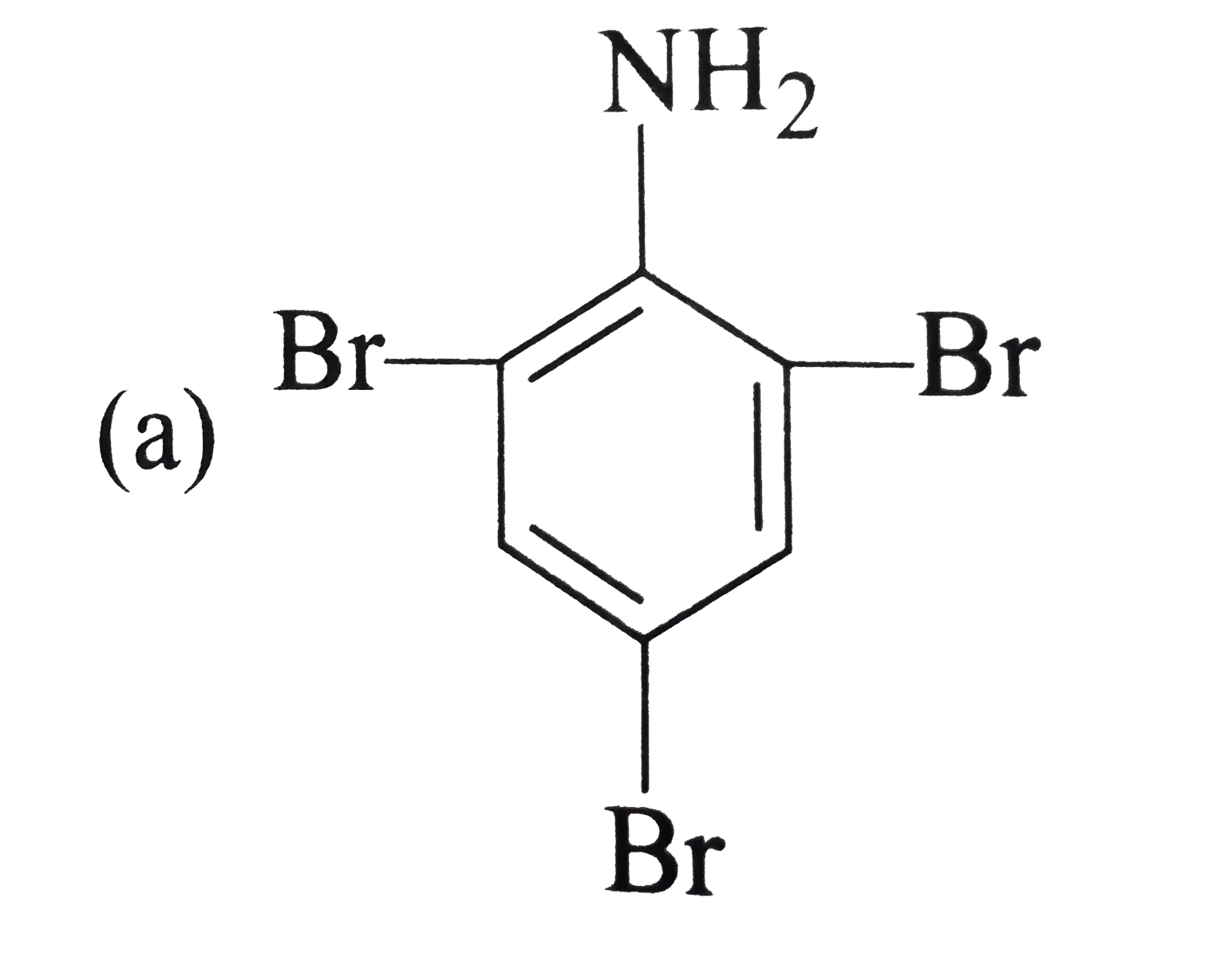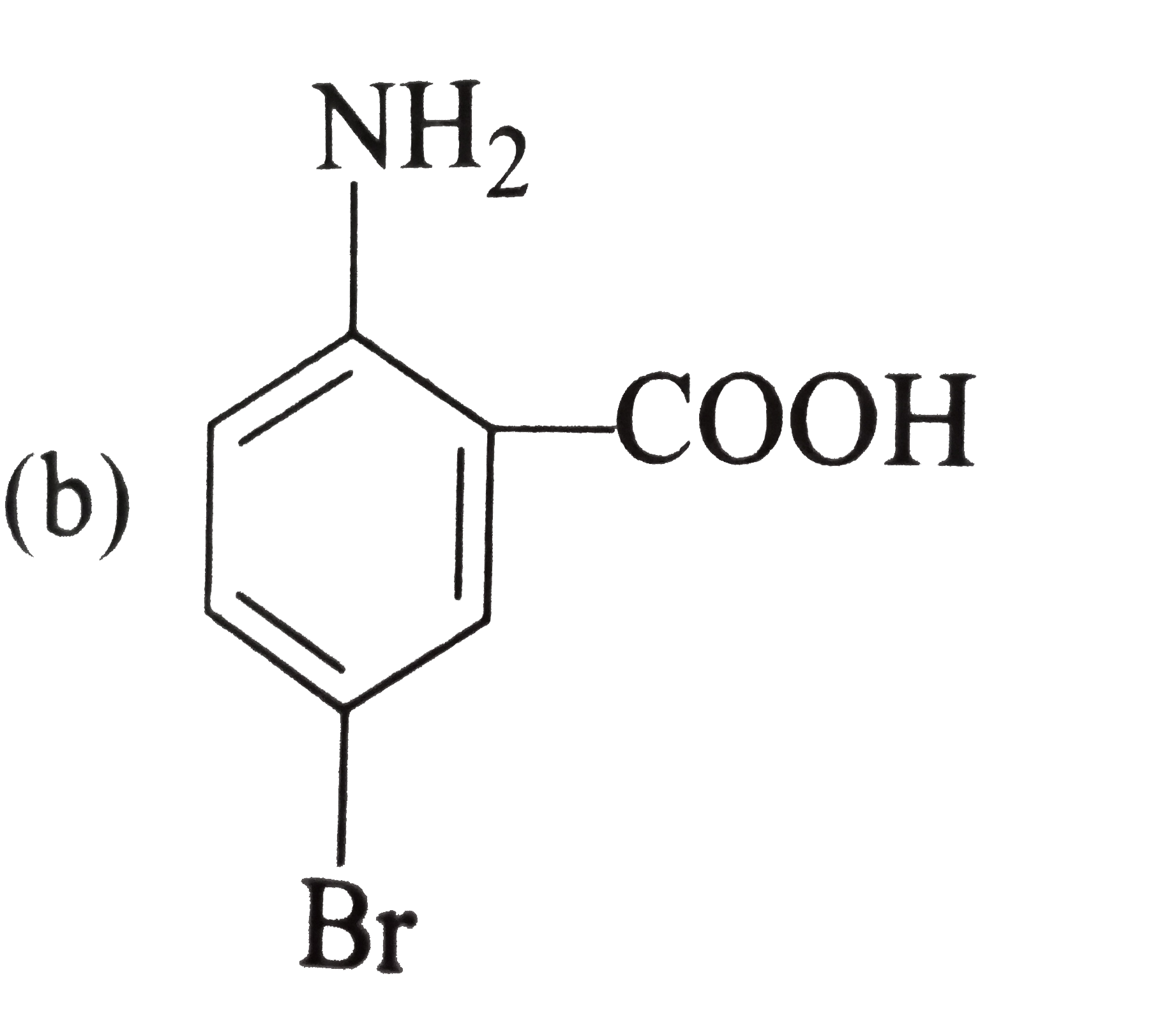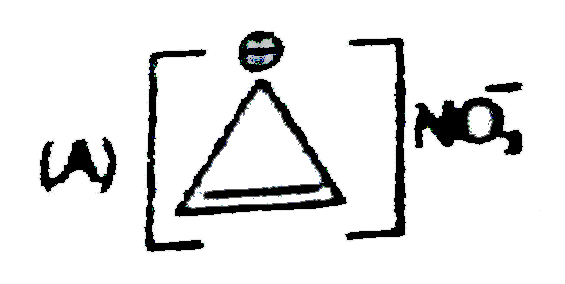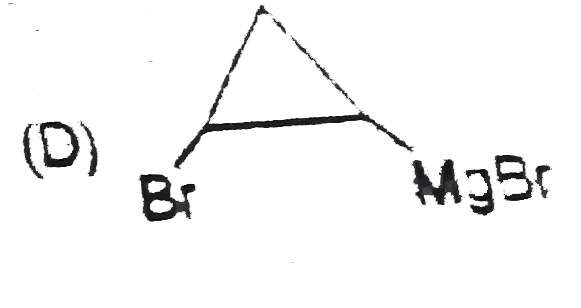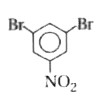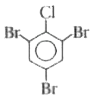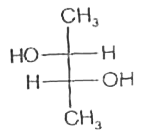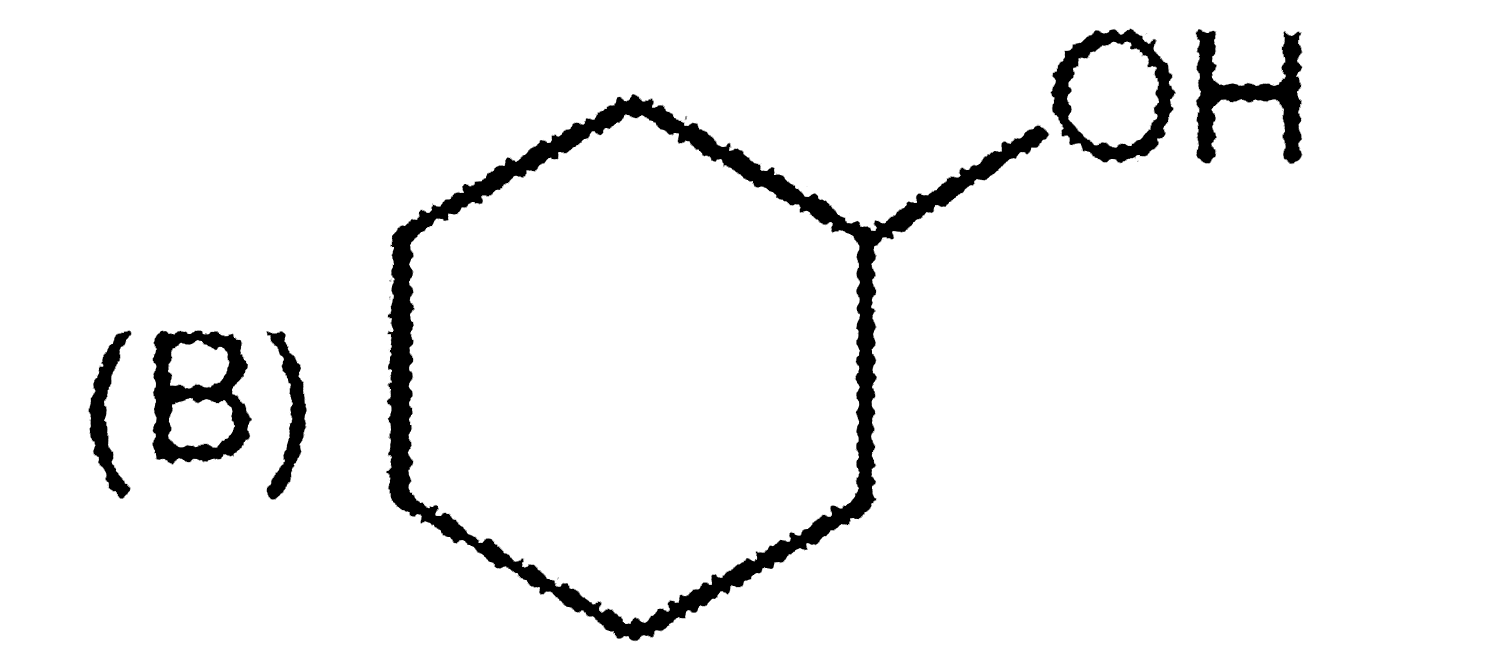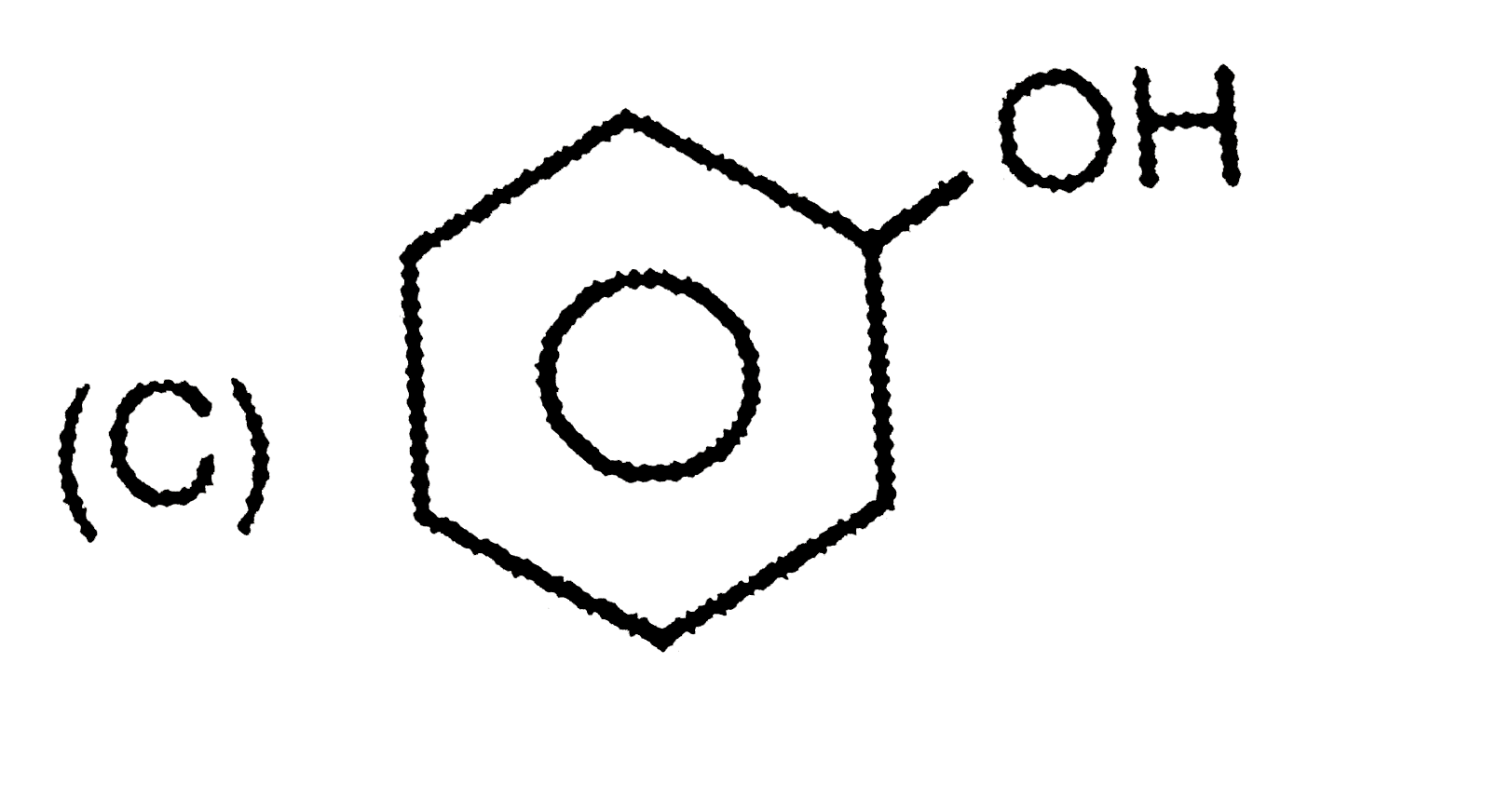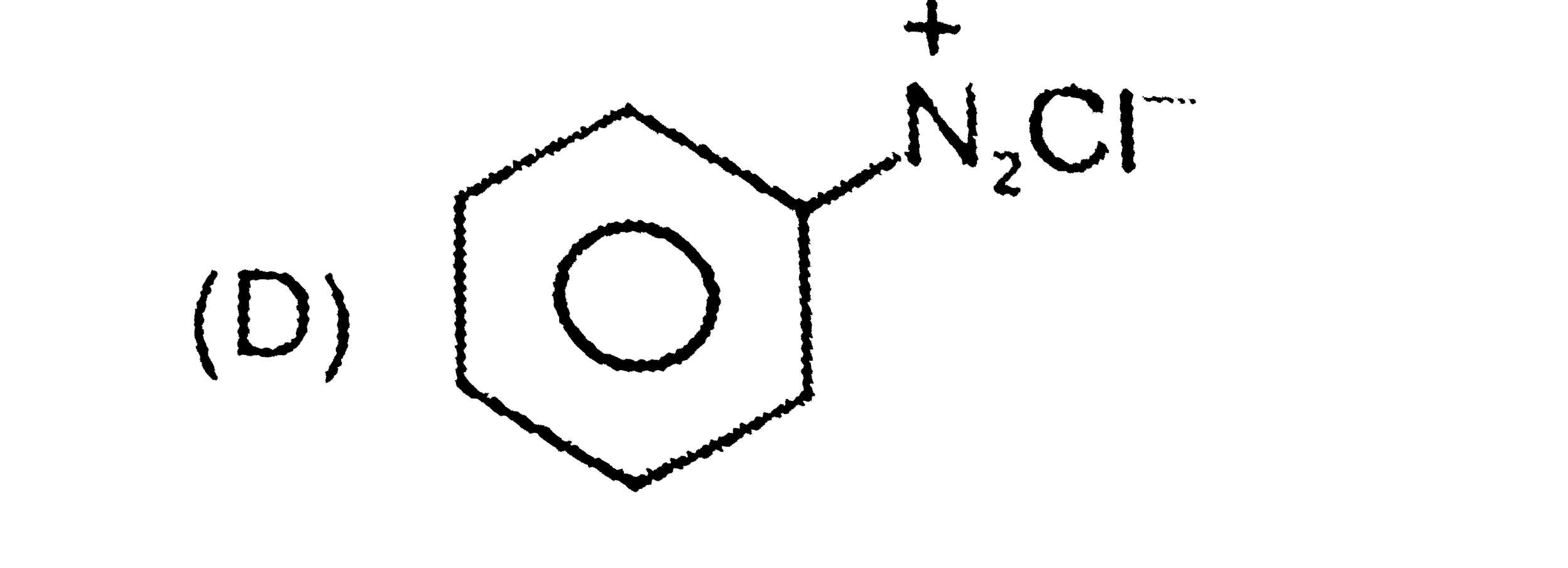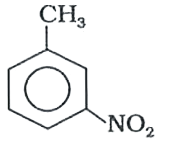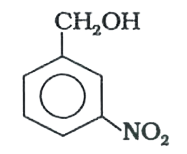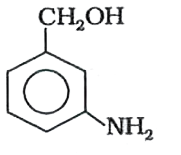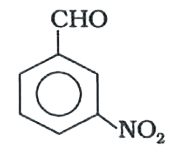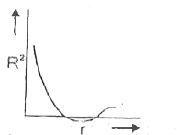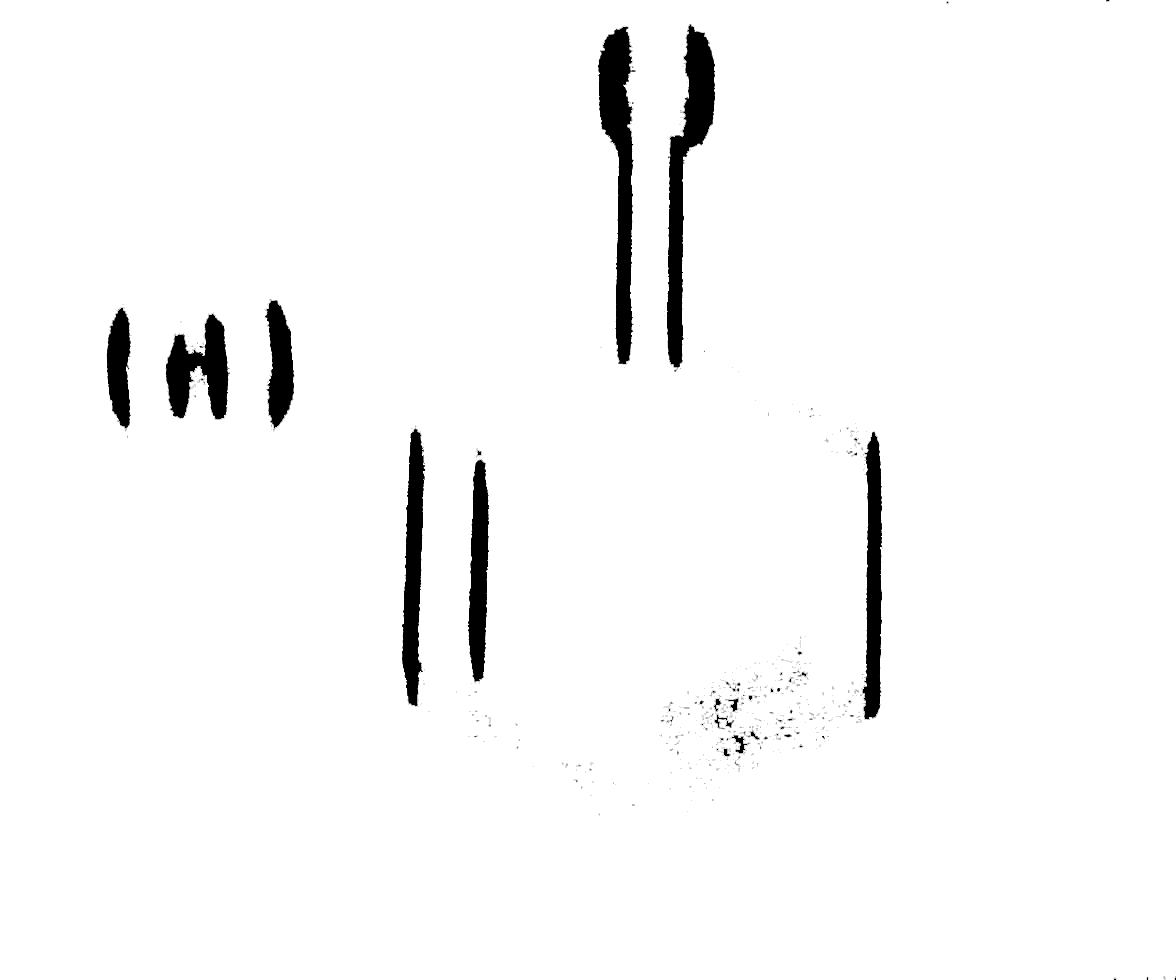Explore topic-wise InterviewSolutions in .
This section includes InterviewSolutions, each offering curated multiple-choice questions to sharpen your knowledge and support exam preparation. Choose a topic below to get started.
| 25351. |
The product formed in above reaction is: |
|
Answer»
|
|
| 25352. |
The product formed during the reaction between KMnO_4 and conc. HCl is: |
|
Answer» A RED liquid |
|
| 25354. |
The product formed during the following reaction are |
|
Answer»
|
|
| 25355. |
The product formed during reaction of NH_3 and I_2 are: |
|
Answer» `NI_3 and HI` |
|
| 25356. |
The product formed by the reaction of an aldehyde with a primary anime is |
|
Answer» CARBOXYLIC acid |
|
| 25357. |
The product formed during the following reaction are CH_3 - overset(CH_3)overset(|)underset(CH_3)underset(|)C-O-CH_3 + HI rarr ? |
|
Answer» `CH_3OH + CH_3 - OVERSET(CH_3)overset(|) UNDERSET(CH_3)underset(|)C-I` 
|
|
| 25358. |
The product formed by the reaction an aldehyde with a primary amine |
|
Answer» CARBOXYLIC acid |
|
| 25359. |
The product formed by the fusion of MnO_2 with KHO in the presence of an oxidising agent, KNO_3 is |
|
Answer» `K_2MnO_4` |
|
| 25360. |
The product formed by reacting HCl with Au |
|
Answer» AuCl |
|
| 25361. |
The product formed by heating iodoform with KOH is: |
|
Answer» HCHO 
|
|
| 25363. |
The product (D) in the following sequence of reactions is: CH_(3)COOH overset(NH_(3))to(A) overset("Heat")to(B) overset(P_(2)O_(5))to(C)overset(Na+C_(2)H_(5)OH)to(D) |
|
Answer» ester |
|
| 25364. |
The product D in the following reaction is ___________. CH_(3)Cloverset(KCN)to(A)overset(H_(2)O)to(B)overset(NH_(3))to(C)overset(Delta)to(D) |
|
Answer» `CH_(3)CH_(2)NH_(2)` |
|
| 25365. |
The productD in the following sequence of reactions is, CH_3COOHoverset (NH_3)rarr A (br) overset (heat) Boverset (P_2O_5) rarr Coverset (Na+C_2H_5OH) rarr D |
|
Answer» Ester |
|
| 25366. |
The productof the reactionCH_3-CH=CH_2 +HBr rarr (X) is : |
|
Answer» `CH_3-CHBr-CH_3` |
|
| 25367. |
The product ( C) of the following reactions is |
|
Answer»

|
|
| 25370. |
The product (C) in the following reactions is: RCOOHoverset(NH_(3))to(A)overset(Heat)to(B)underset(Delta)overset(P_(2)O_(5))to(C) |
|
Answer» `RNH_(2)` |
|
| 25371. |
The product C in the following sequence of reaction is , C_2H_5Br overset(NaOH (aq))rarr A overset(Na)rarrB overset(CH_3I)rarrC |
|
Answer» Butane |
|
| 25372. |
The product B of the following sequence of reactions is C_(6)H_(5)CONH_(2) overset(Br_(2))underset(NaOH)toA overst(NaNO_(2)//HCl)underset(ul(""0-5^(@)C""))toB |
|
Answer»
|
|
| 25373. |
The product 'C' in the following reaction is ________. CH_3Br overset( dil .KCN) to 'A' overset(H_3O^(+))to 'B' overset(LiAlH_4)to 'C' |
|
Answer» `CH_3CHO` |
|
| 25374. |
The product B & C in above reaction respectively are : |
|
Answer» `Ph-CH_(2)OH,Ph-COOH` 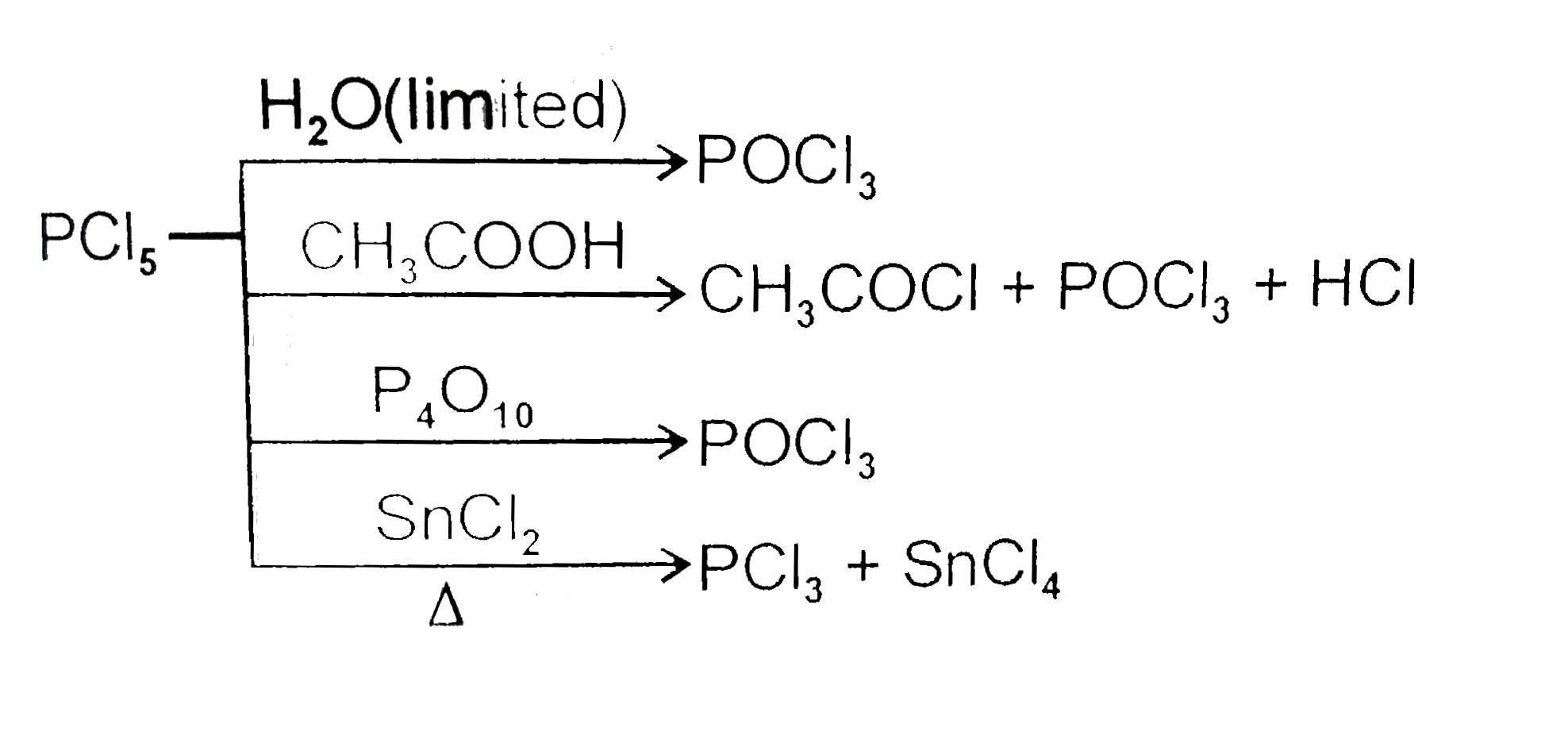
|
|
| 25375. |
The product (B) of the reaction is |
|
Answer»

|
|
| 25376. |
The product (ampere xx seconds) is equal to the number of |
|
Answer» COULOMB transferred |
|
| 25377. |
The product (ampere xx second ) is equal to the number of : |
|
Answer» COULOMB transferred |
|
| 25378. |
The product (A) of following reaction CH_(3)COOH underset(2. Delta)overset(1. Ca(OH)_(2))to (A) |
|
Answer» reduced FEHLING's solution 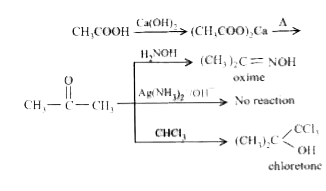
|
|
| 25379. |
The product A obtained in the reaction is called (AAK_MCP_35_NEET_CHE_E35_011_Q01) |
|
Answer» SALICYLIC acid |
|
| 25380. |
The product (A) is: |
|
Answer» a. 
|
|
| 25381. |
The product (A) is: |
|
Answer» a. |
|
| 25382. |
The product A in the following equations is 2KMnO_(4)toA+MnO_(2)is |
|
Answer» `K_(2)Mn_(2)O_(7)` |
|
| 25384. |
The product A in the following equation, 2KMnO_4 rarr A + MnO_2 + O_2 is: |
|
Answer» `K_2Mn_2O_7` |
|
| 25385. |
The product (A), (B), and (C ) are: |
|
Answer» a.`(A) implies` AZOBENZENE, `(B) implies` HYDRAZOBENZENE, `(C ) implies` AZOXYBENZENE |
|
| 25387. |
The product (A) and (B)are: |
|
Answer» a.`(A) IMPLIES` ANILINE `(B) implies` Aniline |
|
| 25388. |
The product (A) and (B) are: |
|
Answer» a. |
|
| 25389. |
The product (A), and (B) are: |
|
Answer» a. |
|
| 25390. |
The producet . B. is |
|
Answer»

|
|
| 25391. |
The produced obtained in the following reaction is: |
|
Answer» HYPNOTIC agent |
|
| 25392. |
The prodct formed in the reaction of SoCl_(2) with white phosphorous is |
| Answer» Answer :A | |
| 25393. |
Theprodensitycurvefor2selectrons appearslike |
|
Answer»
|
|
| 25394. |
The procut of atomic mass and specific heat of any element is a constant, approximately 6.4. this is known as: |
|
Answer» DALTON's LAW |
|
| 25395. |
The process which is responsible for the formation of delta at a place where rivers meet the sea is |
|
Answer» peptization |
|
| 25396. |
The process which is catalysed by one of the products is called |
|
Answer» ACID - BASE CATALYSIS |
|
| 25397. |
The process which is catalysed by one of the products formed during the reaction is known as: |
|
Answer» Auto-catalysis |
|
| 25398. |
The process which involves the treatment of the ore with a suitable reagent as to make it soluble while impurities remain insoluble is called :- |
|
Answer» FROTH FLOATATION process |
|
| 25399. |
The process whereby a hydrogen atom attached to the alpha-carbon of carbonyl compound moves to the carbonyl oxygen atom is known as enolization or keto-enol tautomerism. Isomeric carbonyl and enol structure are tautomers. ltbgt Normally, the carbonyl form is favoured but structure factor marked affect K_(T). Which of the following has least value of K_(T)? |
|
Answer»
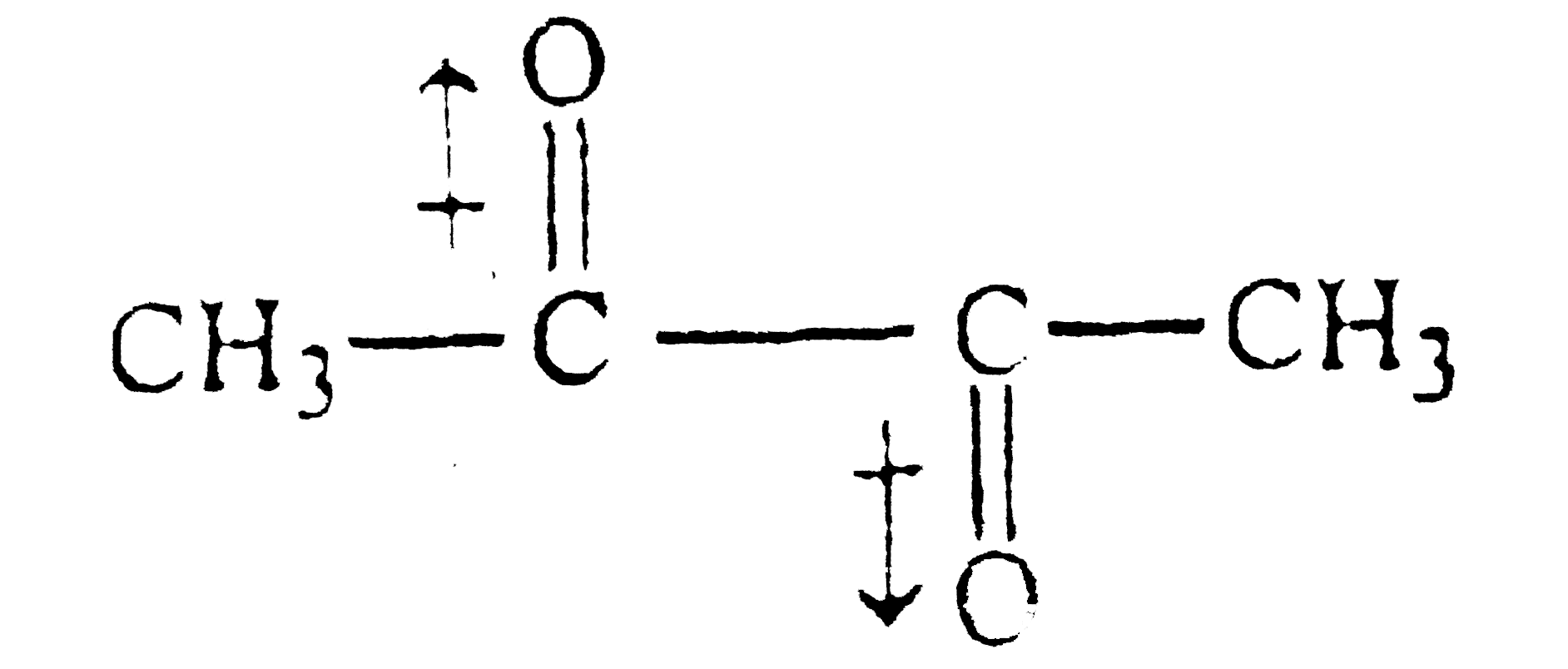
|
|
| 25400. |
The process whereby a hydrogen atom attached to the alpha-carbon of carbonyl compound moves to the carbonyl oxygen atom is known as enolization or keto-enol tautomerism. Isomeric carbonyl and enol structure are tautomers. ltbgt Normally, the carbonyl form is favoured but structure factor marked affect K_(T). Arrange the following compounds in decreasing order of K_(T) : |
|
Answer» `PgtQgtRgtS` 
|
|
